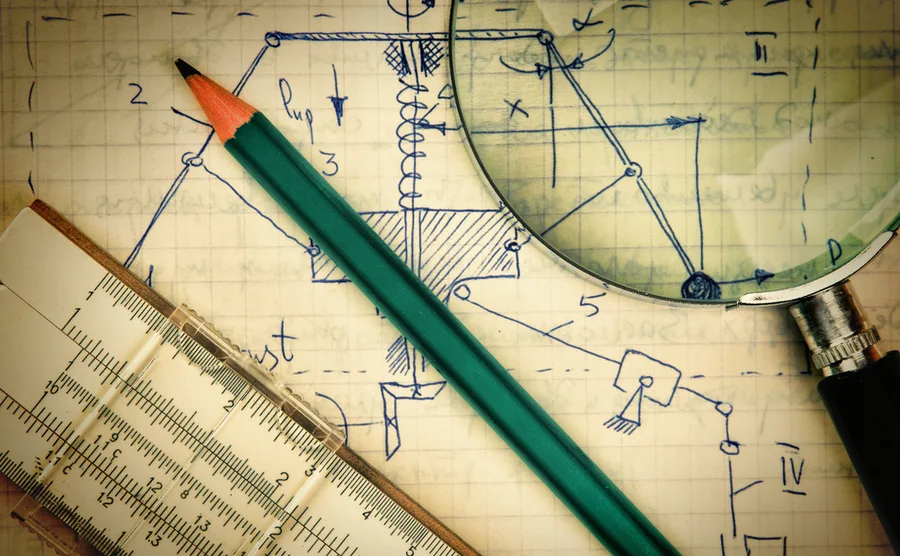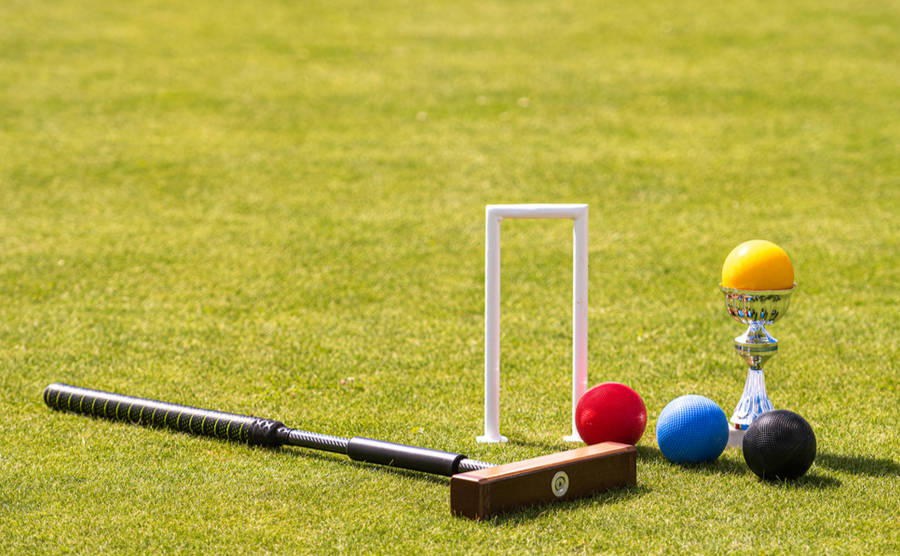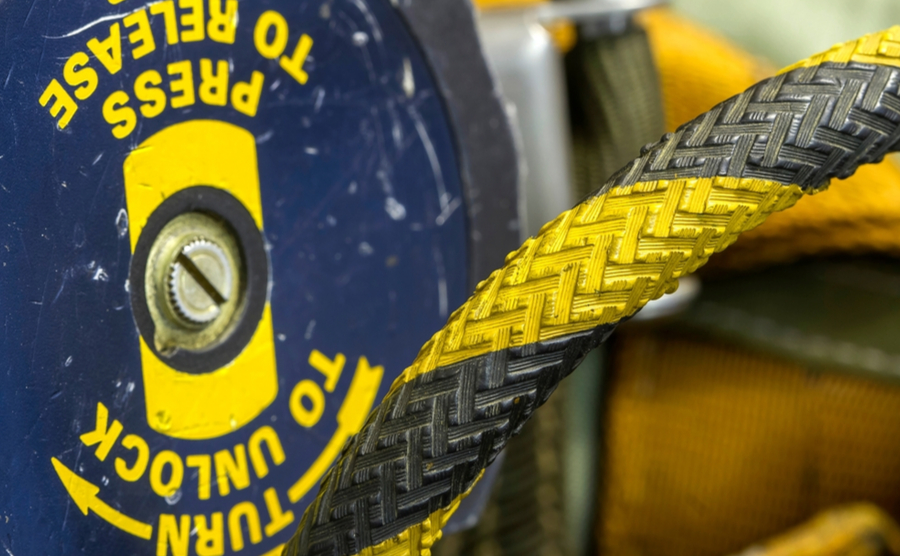Whether you’re planning to buy property in Ireland or you’re just intrigued about the inventions that came from the island, here are 10 weird and wonderful Irish inventions.

An engineer or inventor’s notebook
1.Milk chocolate
Starting exceptionally strong, milk chocolate was erroneously invented by Irishman Sir Hans Sloane. He was more commonly known by his occupation as personal physician to three British monarchs.
He was a prominent doctor and credited with the invention of milk chocolate when he discovered cocoa beans on a trip to Jamacia with the Duke of Abermarle. Jamacian locals drank the cocoa bean with water, but finding it too bitter, Sloane mixed it with sugar and milk, thus creating milk chocolate.
On his return to England, Sloane introduced his discovery to regal society. It was made by apothecaries and originally sold as medicine, but the mixture is said to have inspired the Cadbury brothers.
Fun fact: Sloane Square tube station in London, England is named after Sir Hans Sloane
2. The tractor
The original Ferguson tractor system was patented by Irish inventor, Harry Ferguson – more commonly known as “The Mad Mechanic”. Based in County Down, Ferguson’s three-point linkage system is still used in the blueprints of tractors today.
“The Mad Mechanic” worked with the Standard Motor Company in Coventry, who produced a line of tractors based on Ferguson’s design, that later became world famous.
The pioneering County Down man also invented his own motorcycle, plane and race car. Ferguson is credited as the first Irishman to fly in 1909.

A set of coloured croquet balls
3. Croquet
The origins of the game croquet are rather obscure, and it could have ancient beginnings, but one thing historians are absolutely sure on is that it was developed in Ireland in the early 1830s.
It came to England in 1851 and this is confirmed in noted historian Dr Prior’s book: “One thing only is certain: it is from Ireland that croquet came to England, and it was on the lawn of the late Lord Lonsdale that it was first played in this country.”
The first Irish Croquet Championship was recorded in 1871 and continued annually before lapsing after half a decade. The Croquet Association of Ireland is still operational today, following its founding in 1985.
4. Portable defibrillators
A defibrillator is an electronic device that automatically diagnoses life-threatening heart problems by treating them through defibrillation or the application of electricity.
The portable version, still an essential piece of kit in any paramedic’s arsenal, was invented in the 1960s by Irish inventor, Frank Pantridge in Belfast. Following his design, the first automatic, public-use defibrillator was produced by the Cardiac Resuscitation Company in the late 1970s. It was launched under the name Heart-Aid.

Modern day tattoo machines still use O’Reilly’s blueprints
5. The tattoo machine
Historians can date the earliest appearance of tattoo art to 5000 BCE or older. However, the first electric tattoo machine was invented by Irishman Samuel F. O’Reilly in New York in the late 19th century. His invention was patented by 1891 and the blueprints took inspiration from Thomas Edison’s rotary operated stencil pen, which was invented not 20 years prior. While Edison’s pen flopped, the electric tattoo machine became a worldwide success almost instantly.
O’Reilly’s tattoo machine allowed artists to perforate the skin 50 times per second, hugely improving efficiency for tattoo artists everywhere.
Since the late 19th century, there have been massive developments on O’Reilly’s design, with modern machines capable of delivering 3,000 punctures per second.
6. Submarines
John Philip Holland of County Clare, Ireland, is credited as the father of the modern Submarine. The Irish inventor designed and created the first underwater vessel later accepted by the US Navy.
Holland moved to the United States in 1873 and built a small sub called the Fenian Ram that became a limited success following a test run. It was 22 years later, in 1895 that he received a contract order from the US Navy to build a submarine. His eponymous sub, Holland, was the first successful and practical submarine. Its success led to the US government ordering six more. Further orders came from other leading countries including England.

Football player ready to execute penalty kick
7. The penalty kick
The penalty kick is surprisingly not as old as the game of football. The invention is credited to goalkeeper of Milford Football Club, William McCrum in 1890, County Armagh.
As a member of the Irish Football Association, McCrum submitted the idea to the International Football Association (IFA). It came up in a board meeting in 1890 before being deferred until 1891.
The public’s initial response was mixed, and the press called it “the Irishman’s motion” as it supposedly went against the idea of a gentlemanly sportsman. Despite this, the penalty kick rule was approved as number 13 in the Laws of the Game a year after its proposal, in June 1891.
8. The binaural stethoscope
The binaural stethoscope was invented by Irish physician Arthur Leared in 1851. The word ‘binaural’ refers to the flexible rubber tubing that links the stethoscope to the earpiece, which allow medical professionals to listen to their patient’s heartbeat.
It was later perfected by George Philip Cammann in 1852 who added earpieces for both ears – it’s been unchanged ever since and remains a common tool for doctors worldwide today.
9. The ejector seat
The idea of seats that propelled pilots from aircrafts has been around possibly as long as aircrafts were able to fly, but it was never possible until James Martin of Crossgar, County Down matured the safety system that made it possible.
James Martin was an Irish inventor and engineer who established the Martin-Baker aircraft Manufacturing Company with his friend and pilot, Valentine Baker. Baker became the test pilot for the pair’s creations.
While testing their third attempt for an aircraft design, Baker’s engine seized, forcing her to react and land. During so, she collided with a tree and was subsequently killed.
This deeply saddened and angered Martin. And so, fuelled by his friend’s death, he began his first foray into ejector seats in the late 1930s, making him one of the first engineers of such a device. The first successful ejector seat test occurred in 1946, which set the standard for the modern ejector seat. Since then, Martin-Baker ejection seats became so popular, that they could be found in almost every military aircraft.
Fun fact: Those who have been forced to use said ejector seat are welcomed into the company’s “Ejection Tie Club” and are gifted a lapel pin and tie.
10. Flavoured crisps
It was Irishman Joe ‘Spud’ Murphy of Dublin who invented the world’s first flavoured crisp.
Local man, Joe Murphy opened the Tayto crisp factory in 1954. Having left school at 16, the young lad considered himself a pioneering Irish inventor with an eye for business. He became the first person to introduce several products to the Irish market, including British Ribena to ballpoint pens.
Murphy developed Tayto at 31 years old and with help of Seamus Burke, pioneered a technology that seasoned potato crisps during manufacturing process. The initial three flavours were cheese and onion, smokey bacon, and salt and vinegar.
Tayto remains one of the top 10 selling brands in Ireland today, a country that loves crisps.








